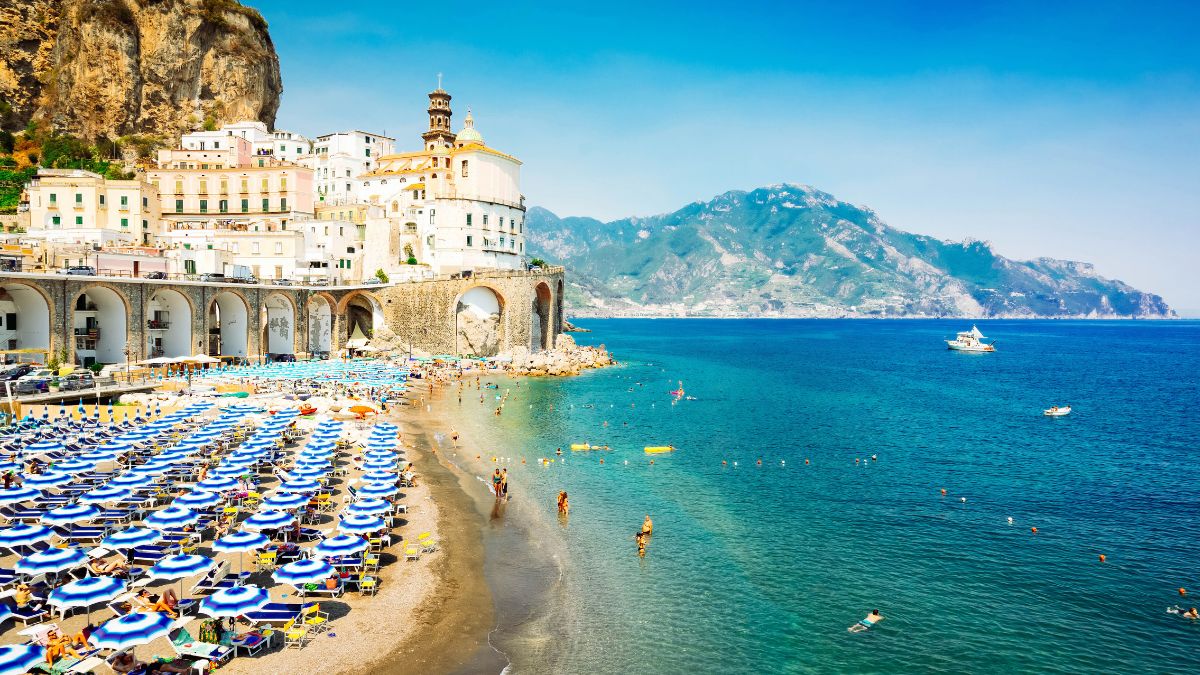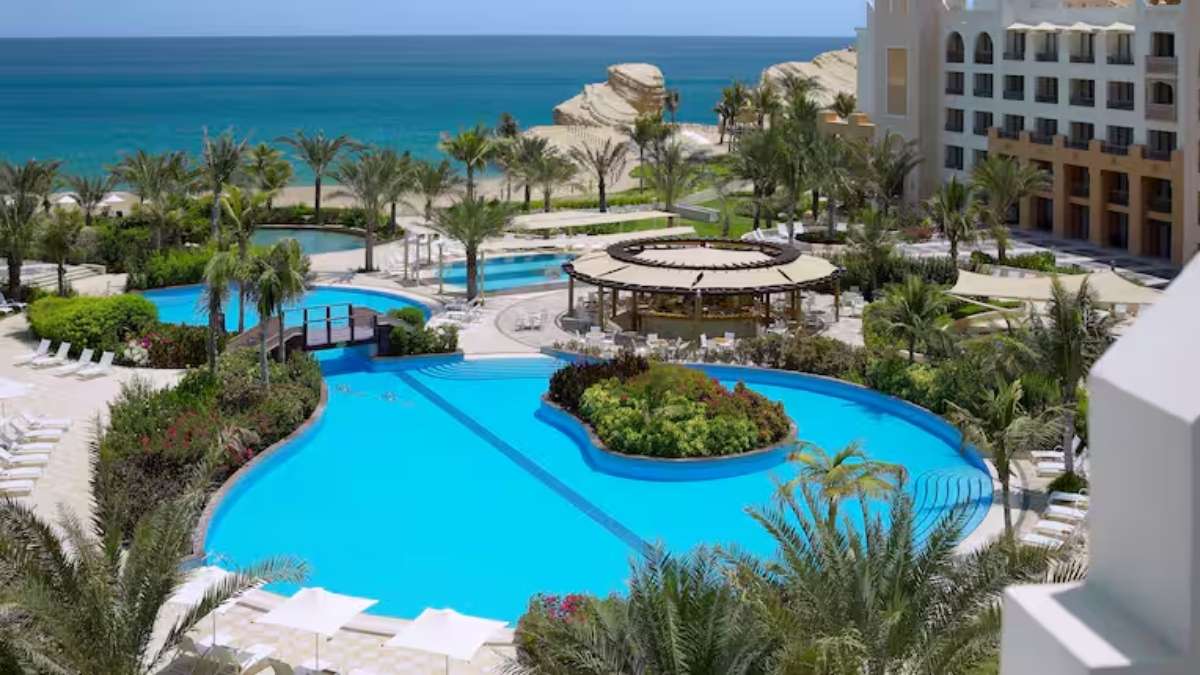Italy has long been a magnet for tourists worldwide. However, the influx of visitors to its most iconic destinations has led to a growing concern—overtourism. This has resulted in significant strain on local infrastructure, environmental degradation, and a diminished experience for both locals and tourists. In response, Italy has implemented a series of regulations aimed at curbing overtourism, including limiting traffic, restricting the taking of selfies, and capping the number of visitors to its beaches.
Italy’s New Rules To Control Overtourism

Despite this year’s intense summer heat, Italy in particular is experiencing a sharp increase in tourists. Hence, there are new laws put in place. They range from restricting beach traffic, selfie-taking, and the number of people in popular Italian travel locations including Sardinia, Rome, Florence, and Venice.
Here are the new measures:
- Visitors will now need to make reservations using a specific app to gain access to the popular beaches in Italy. These stretch from the sun-kissed Puglia area to the scenic island of Sardinia, to control crowd sizes.
- There is a ban on smoking, plastic usage, and, in some situations, even chairs and towels on the sandy beaches.
- Some beaches on the gorgeous island of Sardinia have banned beach umbrella anchors made of rocks. This is done due to the high volume of tourists visiting them this summer. The charming coastal villages of Santa Teresa di Gallura and Sant’Antioco have declared that anyone who disobeys this rule would be subject to a heavy punishment of 500 euros ($550).
- The mayor of Olbia, in northeastern Sardinia, has put limits on late-night activities to protect the serenity of beaches. This includes prohibiting using chairs and towels overnight, camping on beaches, late-night swimming, and bonfires.
- Listening to music beyond a specific hour is not allowed. The music ends at two in the morning in the northwest town of Sassari. It ends at three in the morning in the resort towns of Platamona, Porto Ferro, and Argentiera.
- Rome, Florence, and Venice have put up temporary stoplights to curb heavy foot traffic. Moreover, this can help to discourage people from taking pictures and clogging the path.
- Authorities on the Amalfi Coast will prohibit cars with even and odd license plates from entering several smaller streets during peak hours of the day to maintain order on the beautiful roads.
- To control the number of visitors over the busy holiday weekend, the island of Capri will double its standard landing fee.
- Certain mountain areas in the Trentino region of northern Italy use monitors to measure hiker movement and restrict trails that get too congested.
The Future Of Tourism In Italy

The measures implemented by Italy to combat overtourism represent a proactive approach to preserving the country’s cultural and natural heritage. This widespread problem affects not just the peace and allure of well-liked locations for locals, but also the vacation experience for tourists. Italian authorities are working to ensure that these destinations remain sustainable and enjoyable for future generations.
Visitors to Italy must be mindful of the new regulations. This is how many of the most treasured locations can be preserved for years to come.
Also Read: Italy Has Launched A Digital Nomad Visa For Remote Workers & Here’s How You Can Apply For It!
Cover image credits: Canva
First Published: August 19, 2024 3:15 PM




